Whether you like it or not, mathematics – and in particular probability – plays a huge role in online poker. In fact, if you don’t understand probability in poker, you’re putting yourself at a huge disadvantage, as you can be sure that most other players at a table will have at least a rudimentary knowledge of how to use poker math to their advantage.

As you might imagine, there are many different facets to probability in Texas hold’em poker , which is the type of poker we’ll focus on in this article. From the relatively simple task of working out basic poker odds, such as how likely you are to hit a specific hand, through to the more complex subjects like pot odds, there really is a lot to find out about poker odds.
We’re going to be going through everything from basic poker odds through to more advanced topics on this page, in an effort to ensure other players don’t have a huge advantage over you when you next play. So, keep on reading to find out everything you need to know about probability in poker!
The Probability of All Hand Types in Texas Hold’em Poker
While there are many aspects of poker probability that you’ll need to work out while you’re playing, such as how likely you are to hit a draw and what the pot odds are, you can simply memorize the likelihood of hitting a specific hand. Knowing the chances of hitting a specific poker hand is the most basic aspect to understanding probability in poker, and it’s important, as it will give you an idea of how likely an opponent is to have a hand.
Of course, you must remember that, while knowing the odds of a hand is great, there are plenty of other aspects of the game that also need contemplating. For example, getting a full house has a probability of 2.5961%, however this will alter during a hand. If after the river the cards on the table are 2-2-Q-Q-A, there’s a much higher chance that someone will have a full house, as they’ll only require a single card. Therefore, it’s important to remember that the odds of an opponent having a hand are always changing as a hand progresses.
You should also remember that the chances of a player having a specific hand change depending on the type of player they are. For example, if you’re playing an incredibly tight player and low cards come out on the board, you can be reasonably confident they won’t have much, as they probably wouldn’t have gotten into the hand in the first place. If, however, the player is an extremely aggressive player, there’s more of a chance that they took a risk and entered the hand with lower value cards. So, make sure you play the player, as well as the cards.
Below, you’ll find the odds for each type of hand. Please remember that these are odds for Texas hold’em only – other variations, such as Omaha , will have different probabilities.
Royal Flush

Many poker players, even more experienced ones, have never managed to hit a royal flush before, and this is because they are extremely rare. In fact, the chance of hitting a royal flush is just 0.0032% per hand. This means that you’ll get a royal flush on average once every 30,979 hands you play. Of the millions of possible hands you could make, only 4,324 of them lead to a royal flush.
Straight Flush
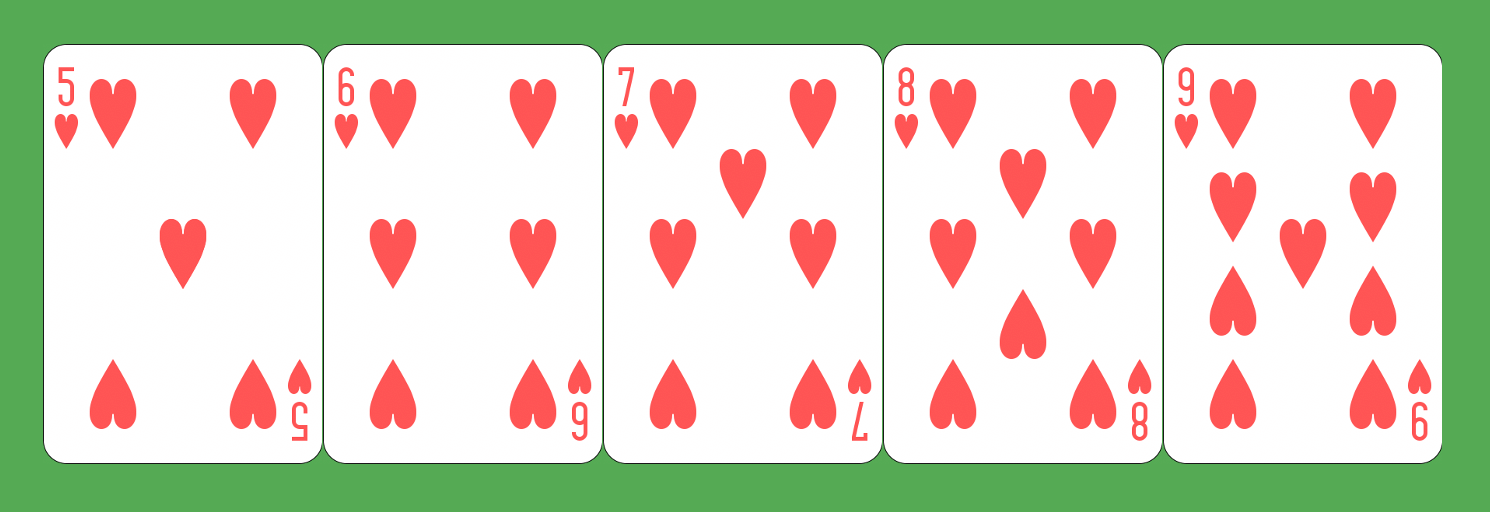
A straight flush is the second-best hand in poker, and it also has particularly long odds. Every time you play a hand, you will only have a 0.0279% of making a straight flush. This means that you’ll only hit one straight flush every 3,589.57 hands. There are 37,260 combinations available to make a straight flush.
Four of a Kind

Next up is four of a kind, and it’s also very unlikely you’ll get one of these on any given hand. In fact, you’ll hit a four of a kind just 0.1681% of the time, which equates to just once every 594 hands. Overall, there are 224,848 different ways to make a hand featuring four cards of the same value.
Full House
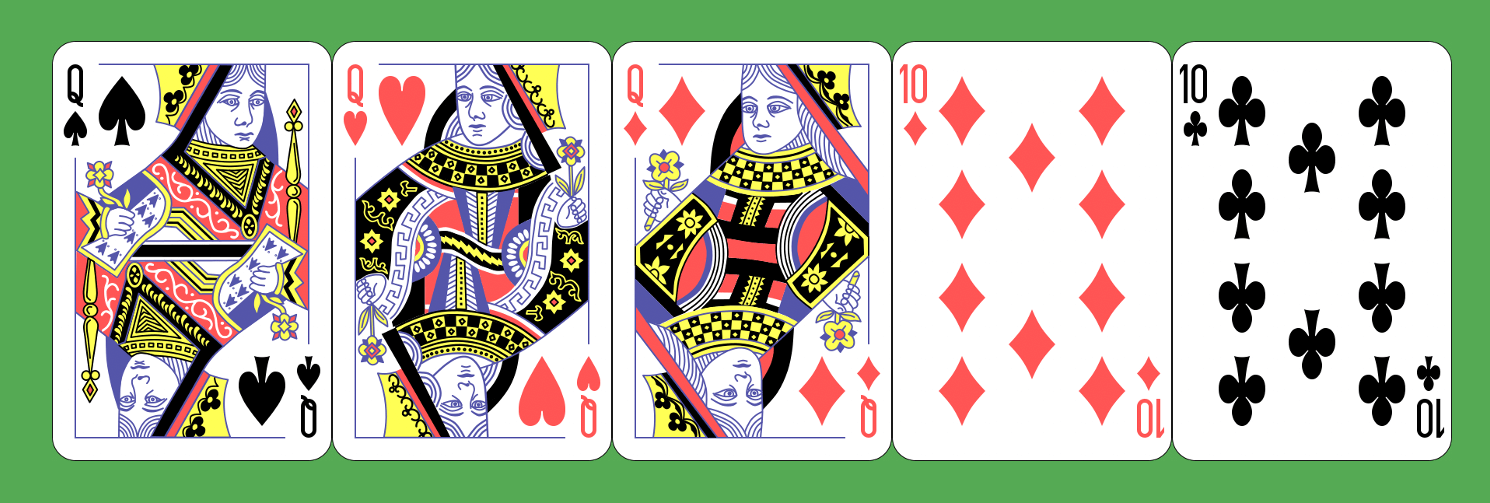
The full house is the best of the more commonly seen hands, however you will still only get this hand 2.5961% of the time. The full house poker probability means that you’ll hit this hand, on average, once every 37.52 hands. In total, there are 3,473,184 ways to make a full house.
Flush
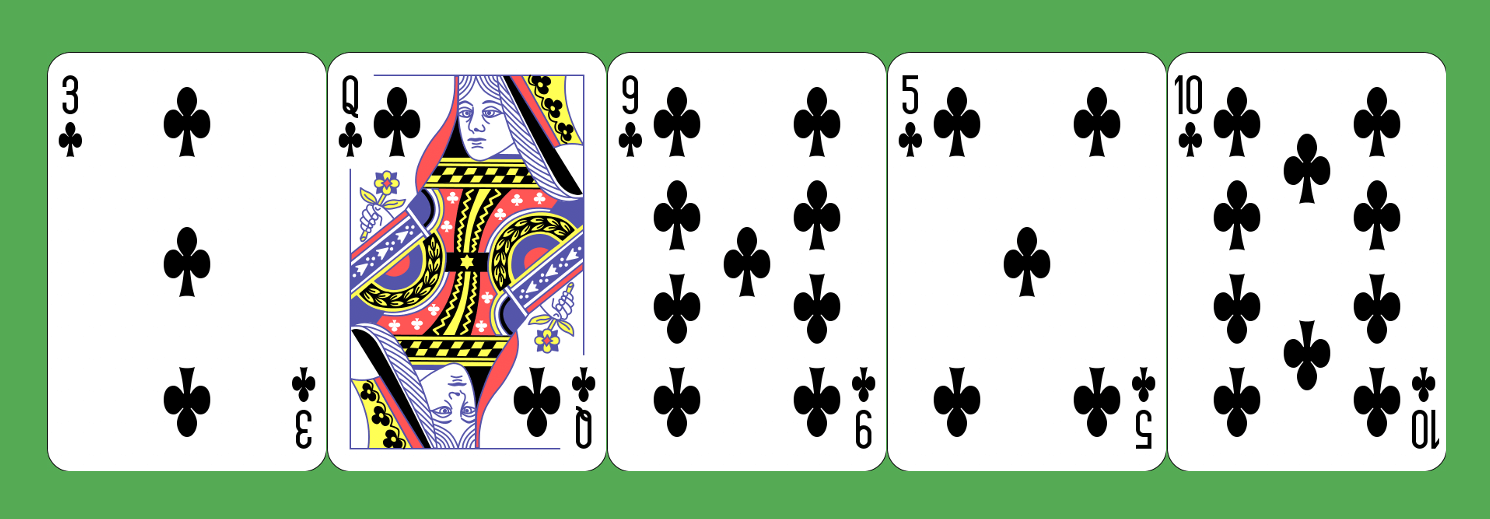
Next up is the flush, which you should see reasonably often around a poker table. You still only have a 3.0255% chance of hitting a flush while playing, meaning you should get a flush once every 32.05 hands. There are a total of 4,047,644 card combinations that can lead to a flush.
Straight
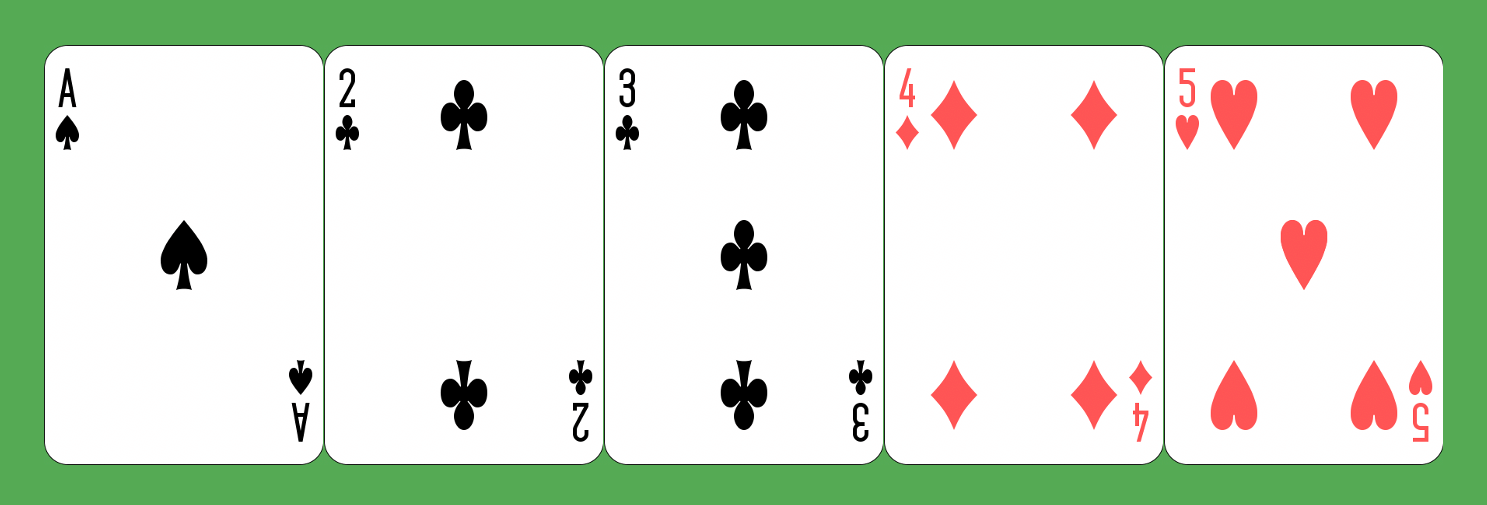
When it comes to getting a straight, you’ll find that you have a 4.619% chance of getting this hand when playing. This means that you should expect to see this hand once every 20.65 turns. There are 6,180,020 ways to make a straight.
Three of a Kind

Three of a kind is a combination seen pretty regularly while playing, as you have a 4.8299% chance of hitting the hand. This means you should expect to see this hand once every 19.7 turns. There are 6,461,620 different ways to make this hand.
Two Pair
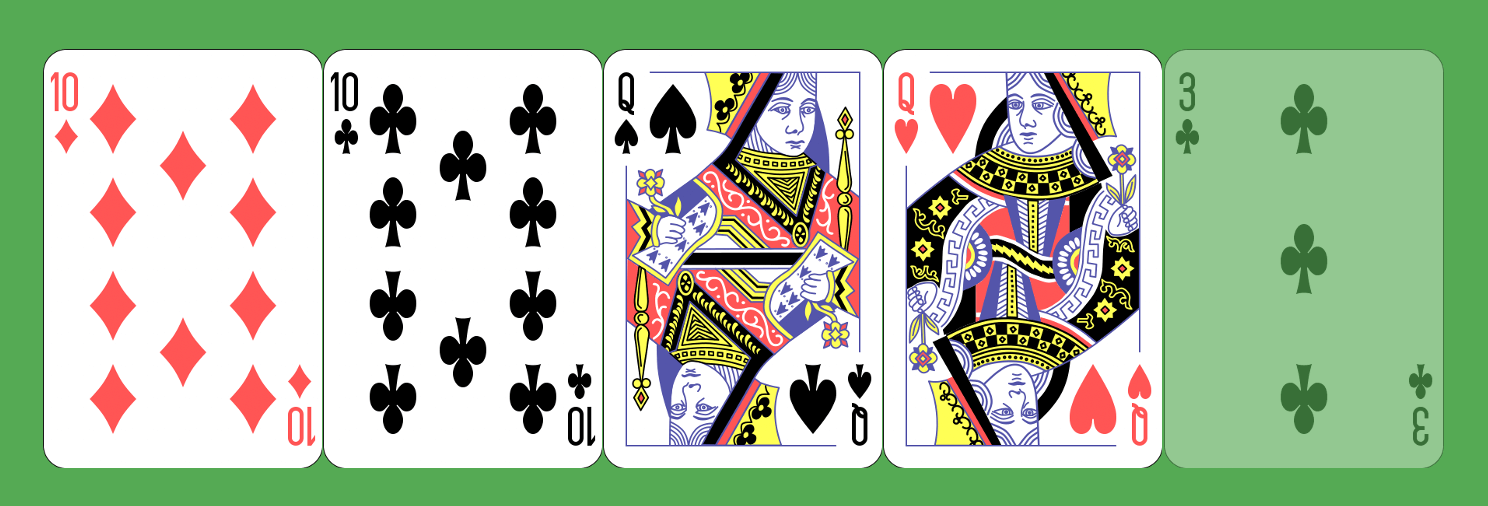
You’ve got a 23.4955% chance of getting two pair when playing Texas hold’em, meaning that you should be able to make this hand once every 3.26 hands, on average. There are 31,433,400 different ways to make a hand containing two pair.
Pair
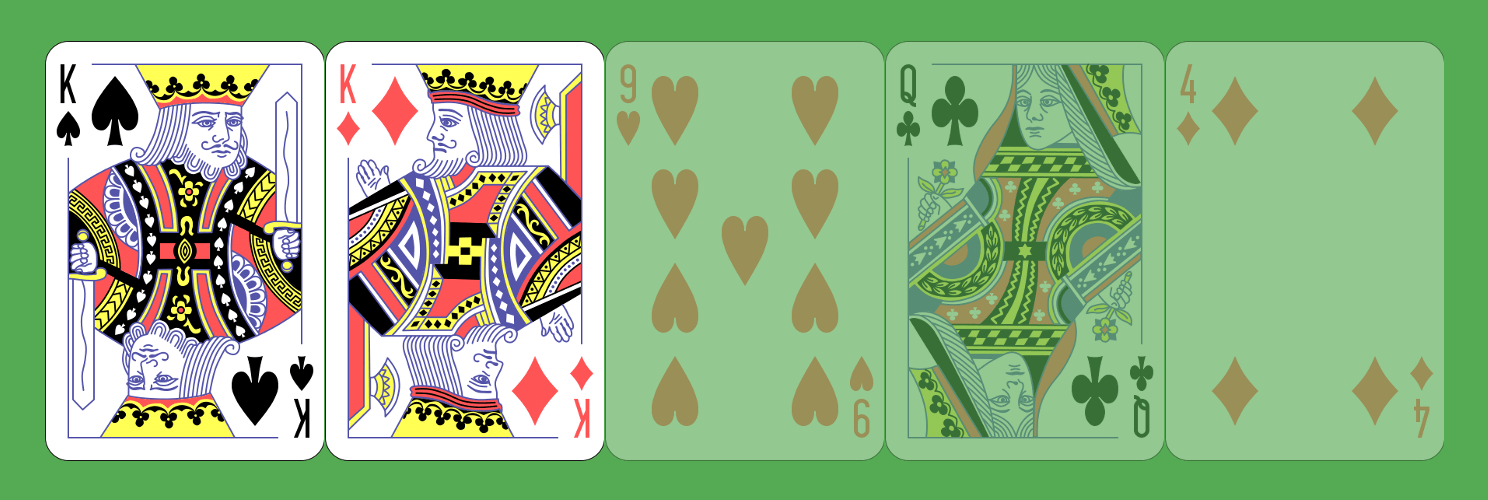
You’ll find that you have a 43.8225% chance of getting a pair when playing Texas hold’em, which means that you should get a pair once every 1.28 hands. There are a ginormous 58,627,800 different ways to make this hand.
High Card
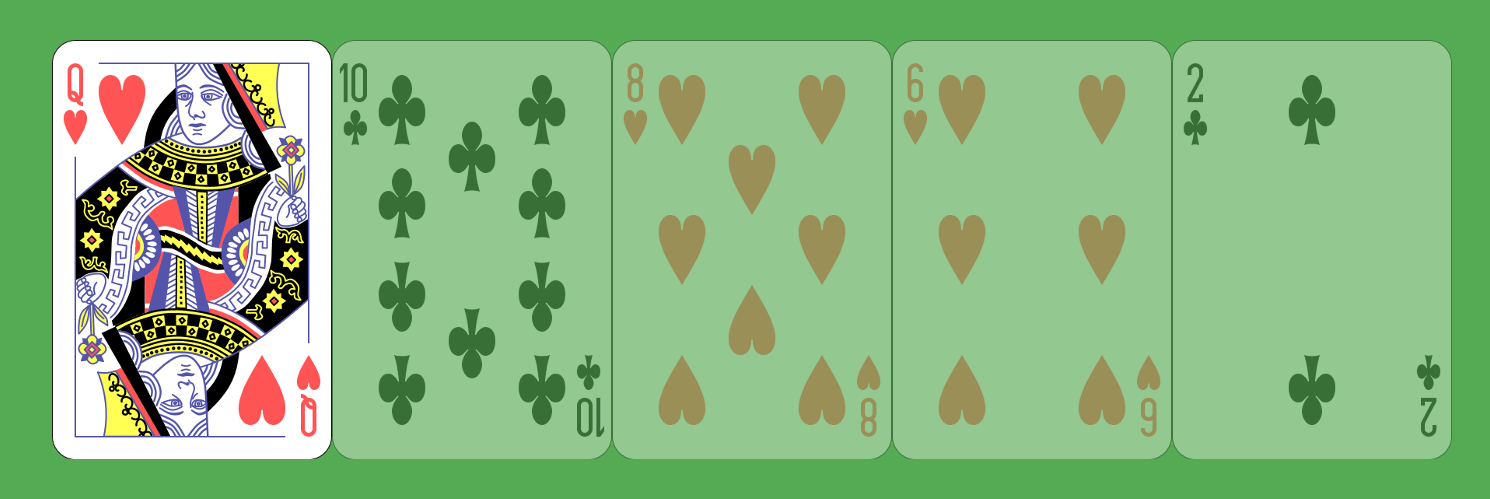
Finally, there’s high card, and you’ve got a 17.4119% chance of getting this hand when you play. This means you should get high card once every 4.74 hands. There are 23,294,460 different ways to make this hand.
What’s the Chance of Getting a Good Starting Hand?
Your starting hand will generally set the stage for an entire hand. Get a decent starting hand and you could stay in the hand, however get a poor one and you’ll generally find yourself out of the hand before the flop. But what are the chances of being dealt a specific pair of cards? Take a look below to find out…
AA
A pair of aces is the strongest starting hand in poker, so there’s no reason to ever fold this hand before the flop, regardless of the betting action. You’ve got a 0.453% chance of being dealt this hand, meaning you should see it once every 219.75 hands. This is also the same for all other pocket pairs.
Pocket Pair JJ+
All pocket pairs can be great starting hands, however JJ and higher are often seen as premium pocket pairs. Of course, even JJ and QQ can sometimes be folded before the flop however, if the betting is high enough. You’ve got a 1.81% chance of getting a pocket pair of JJ or higher when playing, meaning you should see the hand once every 54.25 hands.
Suited AK
The chances of hitting two specific suited cards, such as AK suited, is 0.302%, meaning there’s less chance of getting suited AK than there is getting pocket aces. On average, you should find yourself getting suited AK once every 330.12 hands.
Unsuited AK
Getting any unsuited pair of cards, including AK unsuited, has a probability of 1.21%. This is the case regardless of whether the pair of cards is AK unsuited or 7-2 unsuited. This means that you’ll get a specific pair of unsuited cards once every 82.64 hands.
Any Suited Connector
Suited connectors are two suited cards that run consecutively, meaning they can be anything from AK suited, through to 2-3 suited. Getting a specific hand of suited connectors has a probability of 3.92%, meaning you should hit this hand, on average, once every 24.5 hands.
Working Out the Probability of Draws
It’s great to know the probabilities of starting hands or how often you’ll hit specific hands while playing, however it’s much more important to understand how much chance you have of hitting a draw, especially when you combine this with pot odds, which are discussed later.
So, how exactly do you work out the probability of hitting a draw? Well, some will prefer to use a probability chart, which they can refer to while playing online poker. Others, however, will feel comfortable using a little bit of math to work out their chances.
Firstly, you need to work out how many outs are available to you. Just think of all the possible cards that could make your hand. For example, if you have two hearts for hole cards, and two more hearts fall on the turn, you’ll have nine outs you could hit to make your flush.
You should then use something called the “Rule of Two and Four” to work out how much chance you have of hitting an out. If you have both the turn and the river to come, multiply your number of outs by four to reveal your percentage chance of hitting an out. So, using the example from before, you’ve got a 36% chance of getting your flush. If you only have the river to come, multiply the number of outs by two instead.
Using the above rule isn’t completely accurate, however it’s the easiest way to work out approximate probabilities without having to resort to more complex mathematics. For additional insights, you can read our post on how to win more money by understanding important poker statistics.
Examples of Probabilities of Hitting a Draw
Here are a couple of examples to illustrate how to calculate your probability of hitting a draw:
· You have 7-8 unsuited as your hole cards, and the flop comes 9-10-A. How much chance is there of hitting your straight? Well, you have eight outs – 6-6-6-6-J-J-J-J – so you take these eight outs and multiply them by four, as the turn and river are still to come. You therefore have a 32% chance of hitting your straight.
· You have A-K of clubs, and the board is showing 2-5-9-10, two of which are clubs. Only the river is left to come. In total, you have nine outs, so multiply nine by two, which will show that you have an 18% chance of hitting your draw.
It’s a good idea to continue practicing working out your outs for a while, so you can do so easily when you’re in the middle of a game. If you’re playing online, you can also find poker software that will do the job for you, but in a more precise way. If you do want to use a specific piece of poker software, check that your poker platforms supports it before making the purchase.
Understanding Pot Odds and Probability
Understanding the probability of hitting your hand gives you an advantage over some other players, but the maximum advantage is reached when you know how to combine probability with your pot odds. Doing so will ensure that you have the best possible chance of winning money over the long term.
So, what exactly is pot odds and why is it so important? Well, pot odds tell you the ratio between the size of the pot and how much money you’re being asked to risk. For example, imagine there is $4 in the pot and your opponent bets $2. This would mean the total size of the pot is $6 and you’re being asked to bet $2 to stay involved. Therefore, your pot odds are 3:1. To work out your pot odds as a percentage, just divide the cost to call by the total pot size, then multiply by 100. This would mean your pot odds are 33.3% in this situation.
But what do pot odds tell us exactly? Well, they show that you’re going to need to win 33.3% of the time when faced with this exact situation in order to break even. You will then need to take into account your probability of hitting your draw to make a decision over whether calling is worth it.
So, let’s take the situation previously described, where you have pot odds of 33.3%. If you work out your chances of making your hand are less than 33.3%, the best play to make is to fold. If, however, you should hit the draw more than 33.3% of the time, you should be calling. By doing so, probability dictates that you should win enough times over a long period to make the move worth it.
Of course, this calculation only works if you put your opponent on a hand that is weaker than your possible hand. If you think your opponent is winning, you should fold, unless you are considering bluffing them.
The Importance of Probability in Online Poker

If you’re a new player, you might be wondering why probability is so important when playing online poker. After all, you never see the cowboys in Western movies counting up probabilities on their fingers and spending ages determining their pot odds, do you?
Well, the reason math is so important online is because there are very few ways to get tells on specific players. This is unlike in physical games, where you’ll be able to look other players in their eyes and try to ascertain whether they’ve really got the hand they’re trying to represent. So, instead, you simply need to consider the chances of them having a specific hand. Over time, if you play online poker using correct math, you’ll give yourself the best chance of ending up making money.
It’s also important to use math as all other strong players will be doing the same. You might be able to get away with a poor grasp of poker math when playing a standard game at the very lowest stakes, however you’ll come across more and more people using math as you advance through the antes. If you want to make it at the top of the game, poker probability is something you absolutely must understand.
Dealing with Bad Beats
When dealing with probabilities, you have to accept that even outcomes with low probabilities can sometimes occur. You might be 99% favorite to win a hand, but the wrong card on the river could still lead to the player with a 1% chance emerging victorious. When this happens, it’s known as a bad beat , and these can do terrible things to a player’s game.
It’s very easy to start thinking that luck is against you, and that playing the probabilities during poker just isn’t working. This can lead to a player starting to play a different way, often more aggressively and with more focus on luck than statistics. Go too over-the-top and the player can be considered to be on tilt . This is a hyper-aggressive state of mind, when the player calls or raises everything, even if they have a tiny chance of winning.
If you want to avoid going on tilt, you need to remember that poker probability will work over a long period of time. If you’ve got a 75% chance of winning a hand and you lose, you have to look ahead and understand that you have a good chance of making money when in that exact same position in the future – the rule of probability says so. Have faith in the mathematics and you should find yourself coming out on top in the long run.
If you do think that you’re at risk of going on tilt, give yourself a break. Leave the cash game you’re playing in and head back to the tables in a couple of hours. If you’re in a tournament, take a break for a couple of hands, if possible. You should find that a break allows you to calm down and regain your focus.
As you can see from this page, poker is not entirely down to luck, as is the case with a coin flip. Instead, it requires a number of different skills, including the ability to use mathematics in your favor. Fail to pay attention to poker math and you’ll probably find your opponents will have a huge advantage over you from the moment you sit down at the table.
Popular Posts
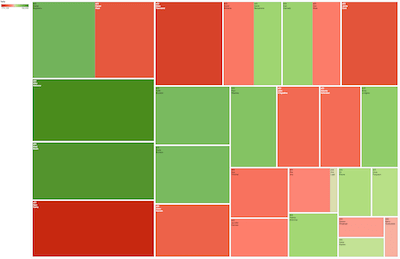
High Stakes Poker TV Show Statistics
Vizualise all the hands of the popular TV show High Stakes Poker. Visualize statistics like total tally, Vpip, PFR as well as the number of hands, per season and for all the seasons from your favorite poker players. more...
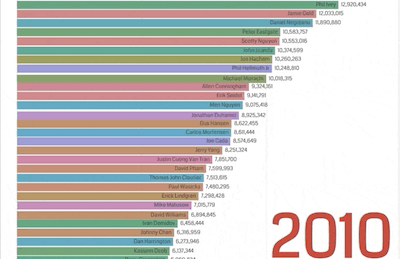
The Poker Money Race since 1971
Watch the top 100 of every year of each Money List since 1971 from The Hendon Mob and stacked them year after year to put them in a bar chart race. See some of the greatest rises and falls in poker history! more...
Read our blog



